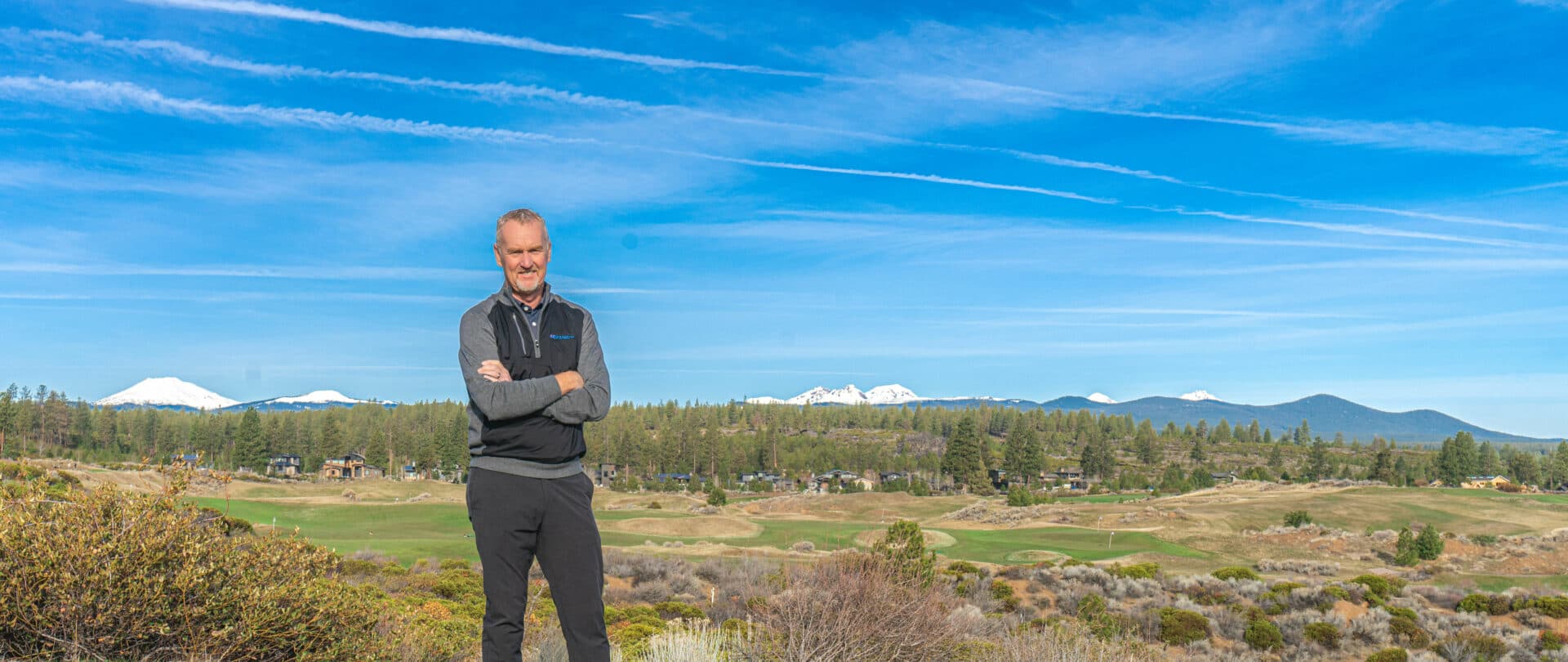
Austin White
Inspired Design
A Q&A with Bend resident and global course designer David McLay Kidd
As a globally recognized golf course architect, Scotsman and current Bend resident David McLay Kidd is renowned for designing some of the world's most distinctive courses. His first major design came a few hours southwest of Central Oregon at Bandon Dunes, opening in 1999 to critical acclaim and launching his international career. Kidd has designed other high-profile courses around the world from Guacalito in Nicaragua to the Castle Course at St Andrews, Scotland—along with a Central Oregon gem at Tetherow. His design ethos combines respect for tradition with innovative approaches to challenge and engage golfers. Known for incorporating the natural landscape into his designs, Kidd believes in creating courses that are visually engaging, sustainable and enjoyable for players of all skill levels. He also shares a few tips for the links golf novice
From your first design at Bandon Dunes to what you create today, how would you describe your intention when presented with a new course project?
All the courses that I've done share a basic similarity in that we are trying to promote people using the ground in playing golf. We're trying to get you to read the contours and then use the bounce and the roll of the golf ball after it lands to your advantage. And that, believe it or not, is the essence of the game that's been lost in America. So, we are doing our best to try and reintroduce it. Of all the courses that are here, some 30-plus courses, the vast majority, if not all of them, promote an aerial attack. Tetherow is the one golf course that can be attacked through the air, but it's much better if you can attack it across the ground. If you can get the ball to bounce and roll to your advantage, you will score much better than trying to throw a ball at pin.
For a golfer that's coming from only having experience playing parkland style courses, and more of an aerial type of game, what would you say has to change the most in their mindset or their game to have success on a links or heathland style course like Tetherow?
If they have never played links golf, they probably should do a little homework. When they try and hit a gap wedge or a sand wedge from around green, they're inevitably going to hit it fat or thin—neither of which is going to yield the result they're after. So, from a tight lie— especially on short shots—they're much better to be chipping seven-irons and putting from off the green, and those are things that American golfers just can't get their head around as it just seems alien. So, I would say Tetherow is golf, but not as they know it.
It's a game from another era, from another continent, that is extremely rare in the U.S. Places like Bandon, Tetherow, Sand Valley, Gamble Sands and Streamsong to some extent—these are the outliers—the courses that promote the ground game. For golfers that are are interested in different golfing experiences, Tetherow is that different experience—it's golf as it was meant to be—it's from a bygone era and hopefully it returns. For golfers playing Tetherow for the first time, I wish I could speak to every game as they approach the tee. I mean I wish I could caddy for every group. I'd say I would save every group a dozen strokes because I would say to them, "Hey, don't be using your sand wedge here. Let's putt it. Don't be using your eight iron here. Let’s use a six iron with a half swing. Don't aim for the pin. Let's aim short of the green on the left-hand side and let the ball roll onto the green. Let's not try to make par, you've got a stroke here, so let's hit six iron off this tee to keep it in play and then play for the front of the green and then putt—and maybe you'll get lucky and make par.”
Course management on any course is important. Course management and understanding Tetherow is really important, pivotally important. I hear a lot of golfers saying, “Well you know I'm an 18-handicap and it was just too hard for me.” And I don't believe that. Well, I believe that they didn't have the knowledge or experience yet to manage their way around it as an 18-handicapper any more than a two-handicapper would.
The British Open is the ultimate major because it requires all of the skills of the golfer. You can think about Tiger Woods winning Opens, never hitting drivers off the tee. You can think about Nick Faldo winning Opens and never advancing the ball out of a bunker. At Muirfield never hit the ball forward, always sideways. So, there's this course management, understanding, maturity. There’s all these things. Golf on a links golf course is like life. It's not always fair.

In course design you talk about giving golfers options. What is your mindset around this and how golfers approach one of your layouts?
Here’s what most golfers don't do. They stand on the tee and they look at the hole from their feet to the pin. That is not how a golf course architect ever looks at a hole. They look at a hole from the pin back to the tee. And that's how a golfer of any quality, of any standard, should look at every hole, especially at Tetherow. Stand on every tee and look at the green, figure out where's the pin on the green, how is the green shaped, how is the green defended, how is the green to be attacked, and then figure out your strategy back to the tee from there.
What do you think makes Central Oregon fly a little under the radar as a golf destination, as it is teeming with some amazing golf courses?
There are. There can't be many places this small with such a diversity of genres of golf. Everybody and their brother has been here from Tom Fazio to Jack Nicklaus, to myself, to Bill Coore’s team who are working on a new course called Thornburg. There are so many architects who have worked here, and the landscape is extremely diverse and very accommodating to almost any design idea. It's a very intricate palette if you want to tiptoe through it or, you can build something that's very individual, like Broken Top. There are so many flavors of golf here. In the summertime I would say it rivals anywhere for an amazing golf destination because you've got so many courses, so many genres and really great weather.
You grew up in Scotland, which is literally a world away from the high desert of Central Oregon. After working on the project at Tetherow, what drew you to relocate your family here?
Annual rainfall. That's the thing, as a Scotsman who made his name working on the Oregon Coast, I'm over the rain. I don't need any more rain in my life. I love living here. I love that we can plan out the weekends all summer long, we're wearing flip-flops and shorts. Yeah, and in the winter we're skiing and snowshoeing— it's an incredible landscape with an incredible climate—and the lack of rainfall is its number one thing for me.
What is your favorite summer activity or with your family or yourself or that's outside of the golf course?
We're hanging out on the golf course a lot. We have a lake boat so we go to area lakes from Prineville Reservoir to Lake Billy Chinook to Cultus Lake. We're on the lakes on weekends when the weather's really hot just to get in cool water. I am an avid fly fisherman, so I spend time in the Deschutes or the Crooked River.The fishing is great here. I'm also a pilot. Flying in and out of Bend is wonderful because we don't get much in the way of bad weather.
Do you have a favorite 19th hole in Bend?
My wife and I recently joined the Domain Serene Wine Lounge in downtown Bend. We were excited to join as we're big fans of Oregon wine.
Learn more about David's current and upcoming course designs at dmkgolfdesign.com.
You May Also Like
Golf in Central Oregon
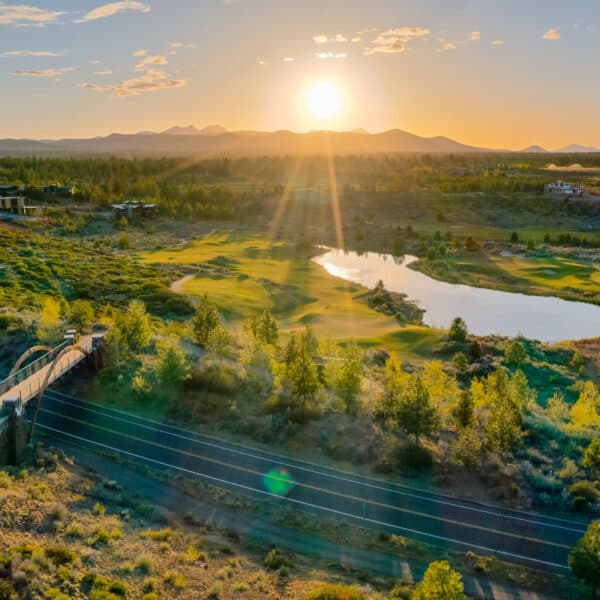
See + Do
Tetherow Golf Club
Play a Top 100 course designed by David McLay Kidd
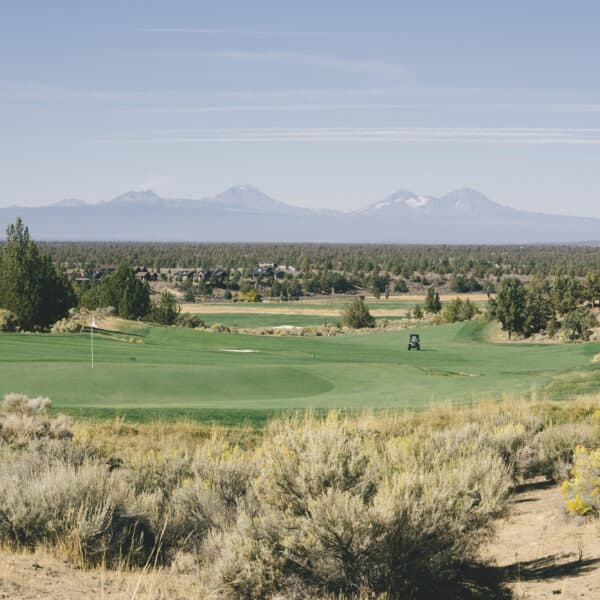
See + Do
Brasada Canyons
Play the best 18 views in Oregon
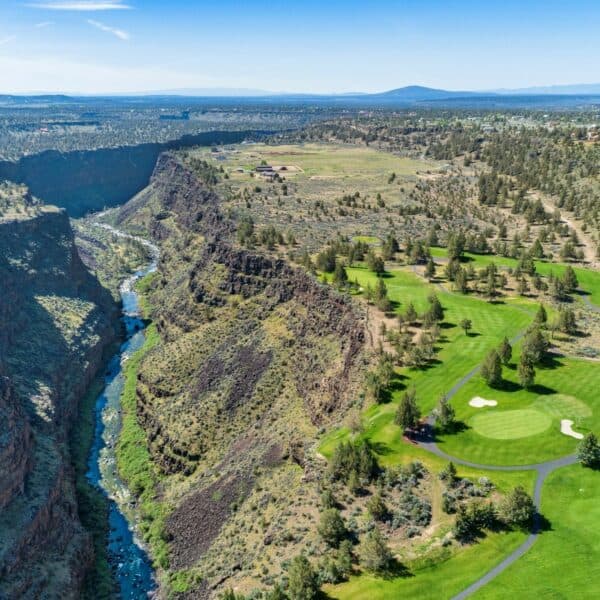
See + Do
Crooked River Ranch GC
A picturesque setting perched above river canyons

See + Do
Pronghorn Club - Nicklaus Course
Play a Nicklaus masterpiece in the high desert
Features
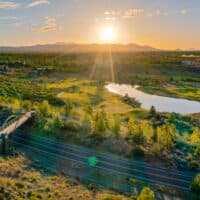
See + Do
Tetherow Golf Club
Southwest Bend
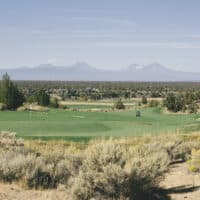
See + Do
Brasada Canyons
Powell Butte
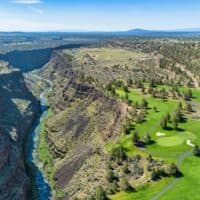
See + Do
Crooked River Ranch GC
Terrebonne

See + Do
